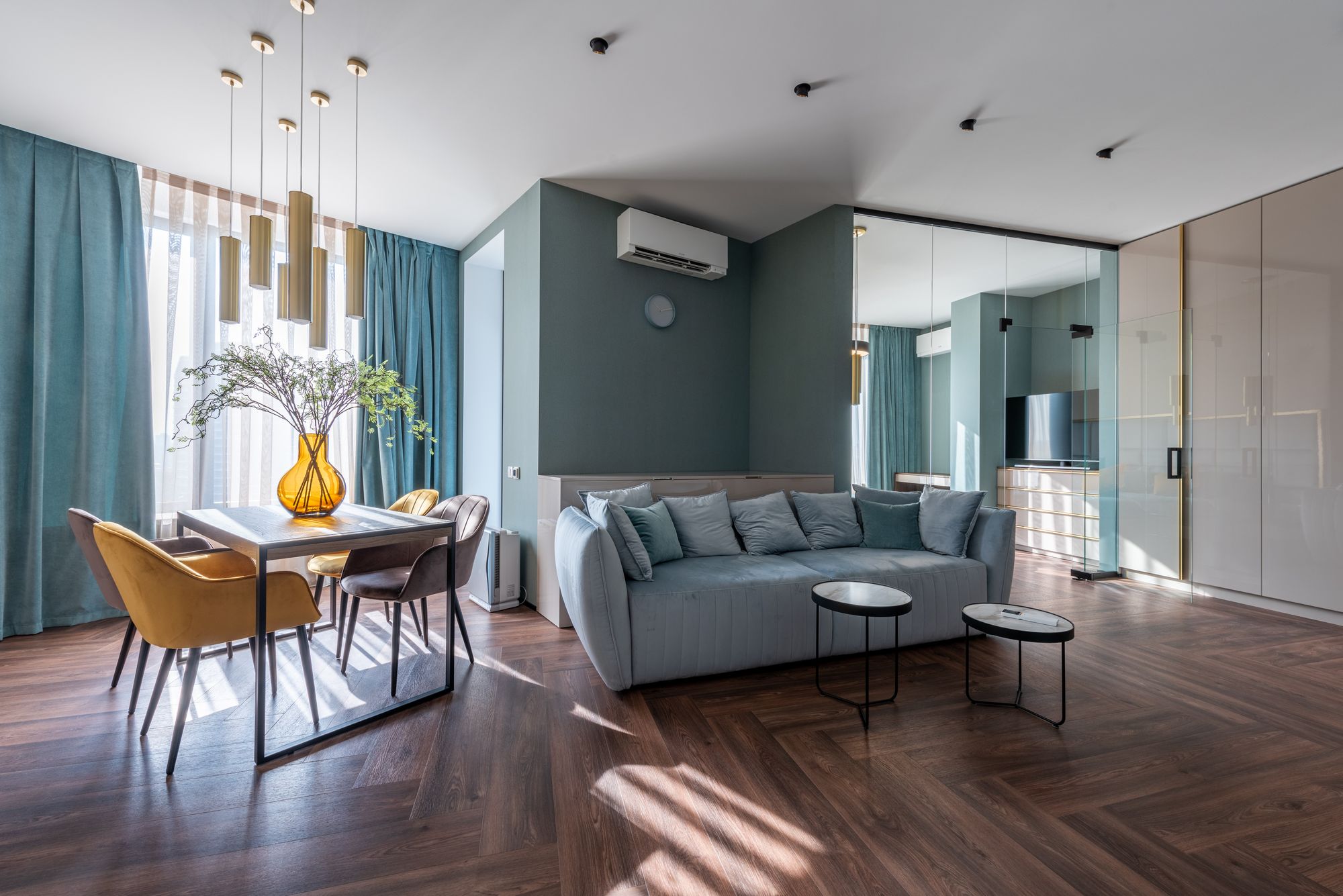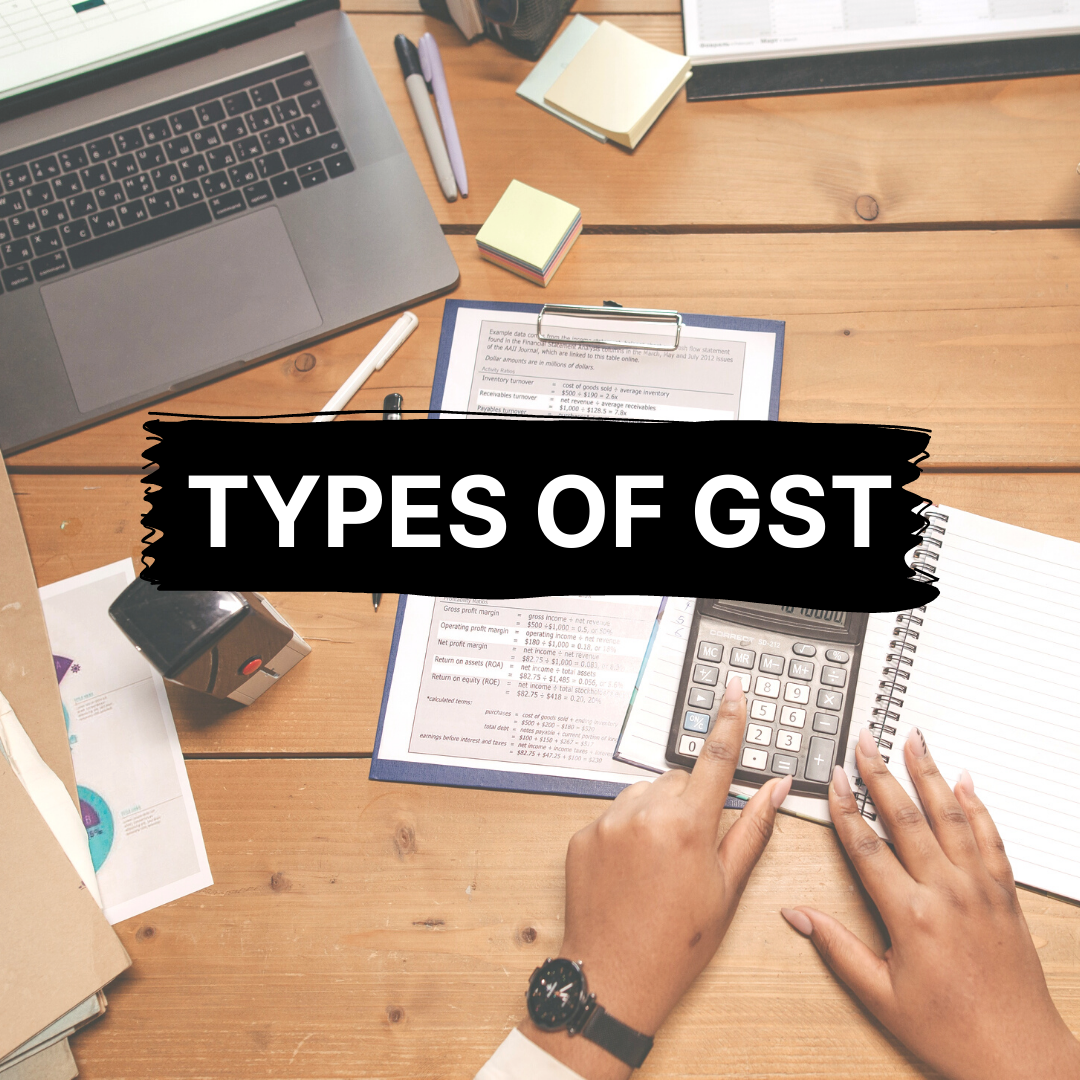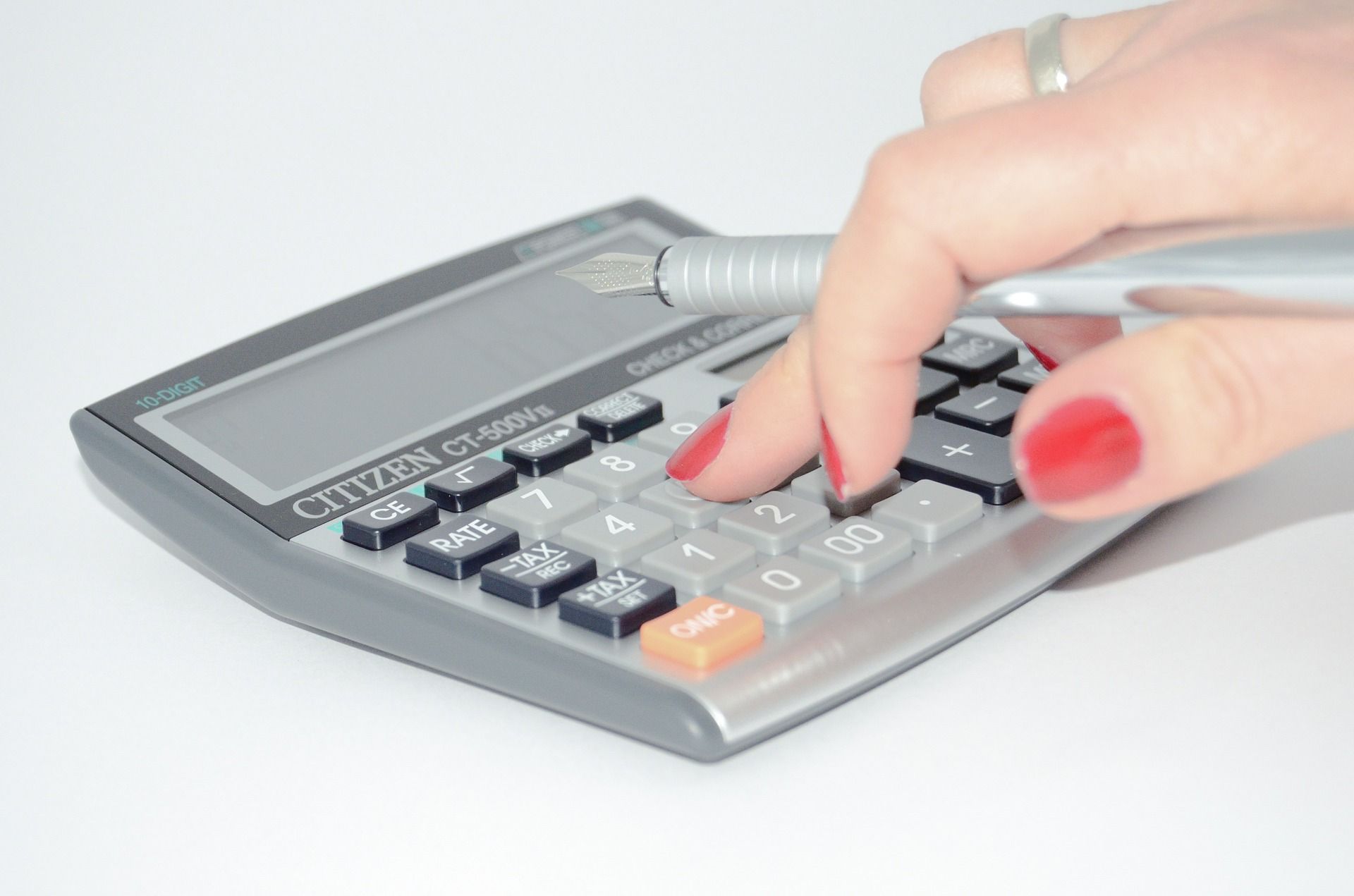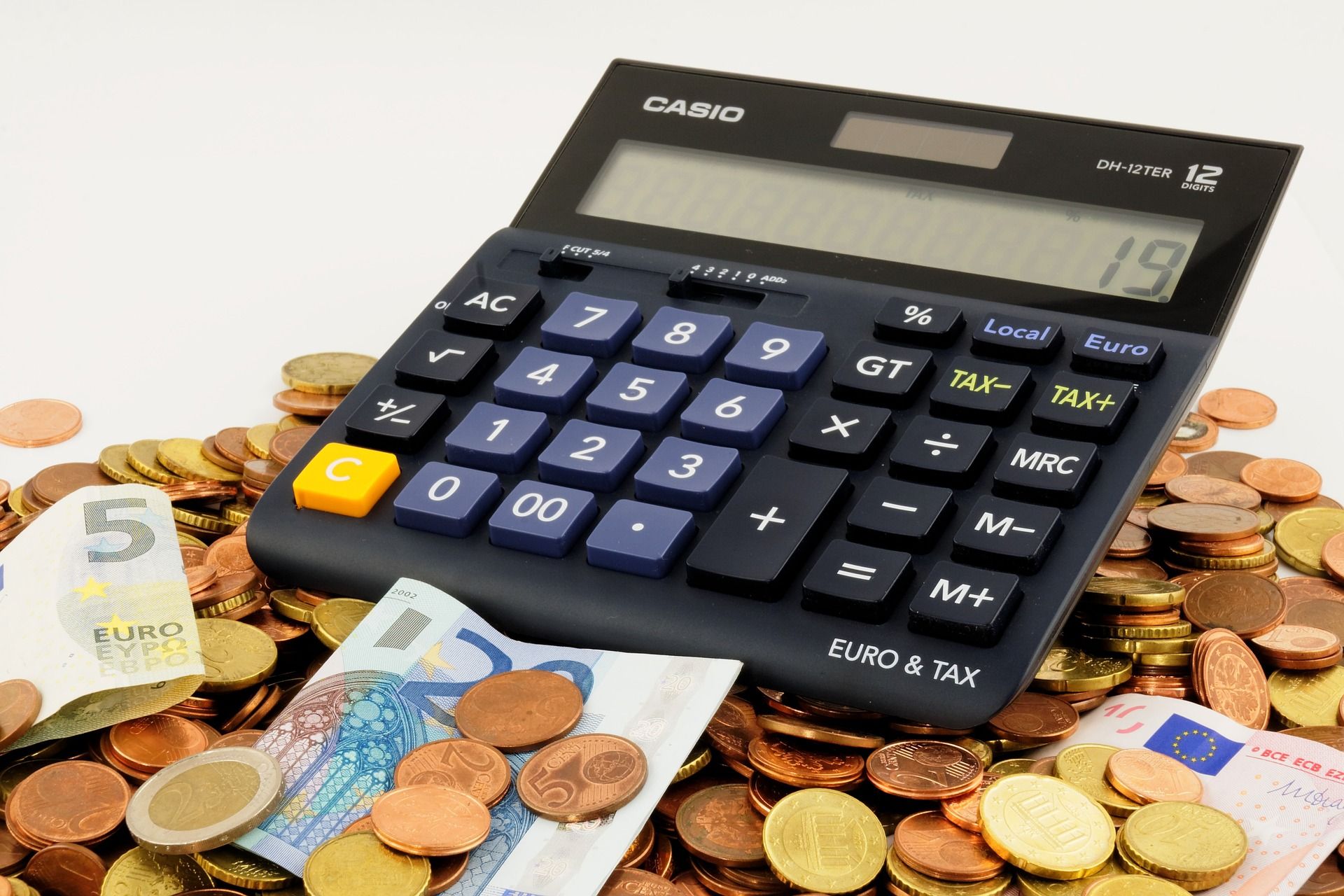Running a business in India comes along with paying taxes to the Indian Government. This goes unsaid and if you are a business owner or a manufacturer, you cannot run away from this information. GST is a tax that is applicable to almost all the businesses out there. However, the rate of the tax differs from one business to another. Of course, the government has generated a list of the applicable tax rate on all these businesses and manufacturing.

As said, furniture manufacturers have to pay GST as well. Although most furniture is made out of wood, a lot of pieces of furniture also use iron as a raw material. Since the material that is used is different, the tax rate applicable on the two is different as well.
In this article, let’s take a look at the applicable GST rate on Furniture Manufacturers and how does the rate depend on different raw material.
But first steps first, if you are new to the business world, you need to understand what GST is.
Topics covered in this article.
- Know About GST
- GST for furniture manufacturers
- GST rate for wooden furniture and supplies
- GST for Iron Furniture
- GST impact on the furniture industry
- Conclusion
- Key Takeaways
Know About GST
GST is an indirectly collected tax that the Indian Government demands like exercise duty, purchase tax, etc. This tax is applicable to the sale, manufacturing, and consumption of goods and services. This basically implies to a large section of businesses have to mandatorily pay this tax across India. GST is calculated on the value addition stage on multiple levels. The same tax is applicable to the furniture manufacturing business as well. Let’s understand it better.
GST rate for Furniture Manufacturers
The GST council of India conducted a meeting on 18th May 2017. In this meeting, the GST rate for a lot of goods and services was reassigned. The GST rate for wood manufacturing was also reevaluated in the meeting.
The rate is counted as 12% for the manufacturers. However, the manufacturer has to calculate GST cost on the basis of all the materials and components used in the manufacturing of a piece of furniture. The rate of VAT on plywood has significantly increased over the last few years. This has increased the cost for manufacturers. But on the other side, manufacturers are liable to claim ITC on the tax paid for using plywood in the furniture.
Yes, there are hundreds of elements and variety when it comes to furniture manufacturing. Here is a list of applicable GST rates on various different components as per the Indian GST council.
GST rate for wooden furniture and supplies
Here is an elongated list of the GST rate on various different furniture supplies. Read through the list and analyze where do you have to pay the required GST charges.
5% GST Rate applicable of the raw material
- Chipped wooden leftovers, wood waste, or sawdust.
12% GST Rate applicable of the raw material
- Unfinished or remotely finished wood used in handles, umbrellas, walking sticks, handles of the tools, and similar in the form.
- Pulp of wood and bamboo
- Any wooden pieces used as table décor, home decor, or kitchen wear. These pieces can be finished or semi-finished.
- Cement bonded particle, jute particle, rice husk, glass-fiber reinforced gypsum (GRG), sisal-fiber, bagasse, cotton stalk particle, and other similar boards.
18% GST Rate applicable of the raw material
- Tar of wood, pitch for brewery carats/drums, the pitch of vegetable, oil from wood tar, naphtha of wood, and likely solutions prepared from resins, acid of resin, and wood creosote.
- Wood pulp Residual leys either or not finally prepared by manufacturers. It can be de-sugared, chemically treated, or by lignin sulphonates, but not tall oils.
28% GST Rate applicable of the raw material
- The elite furniture category includes plywood, firewood, laminated wood, veneered panels, and similar material that has wooden nature.
- Wooden frames, mirror panels, painting frames, and similar goods.
- Builder’s material and carpentry.
GST for Iron or Steel Furniture
Furniture is no more limited to wood, we all know it. To add aesthetics and stability, iron is also being used. Some pieces of furniture like cupboards, shelves, etc. are completely made out of iron. In other pieces, iron is used along with wood for different reasons.
Keeping that in notice, the GST council has also put in GST rates for iron furniture.
Iron and steel furniture was fixed at 12.5% GST before. But the rate has gone up by a storm in recent years. Currently, the GST rate for steel and iron furniture is fixed at a rate of 28%. For manufacturers, the rate from 5% VAT has gone to 18% if or if not the furniture is made entirely out of metal or has used metal. Furniture manufacturers are liable to claim ITC on the imported material if any.
To understand the process better, here is an example of how it goes.
Alpha – Furniture Manufacturer
Beta – Buyer
Alpha made an iron wardrobe and priced it at INR 50,000. Beta bought that wardrobe at INR 50,000. Most of the produce by Alpha is in iron and steel. Alpha used INR 30,000 worth of steel to make the wardrobe. Now we calculate the tax liability under VAT and GST.
VAT
Tax on end product (wardrobe) - 12.5% of 50,000 = 6,250
ITC available to be claimed on purchasing steel – 5% of 30,000 = INR 1,500
Tax liability to be paid – 6250-1500 = INR 4,750
GST
Tax on end product (wardrobe) - 28% of 50,000 = 14,000
ITC available to be claimed on purchasing steel – 18% of 30,000 = INR 5,400
Tax liability to be paid – 1, 400 – 5,400 = INR 8,600
GST impact on furniture industry
With the introduction of GST in the furniture manufacturing market, the prices have certainly gone up. VAT demanded less amount in tax in comparison to GST in both wooden and metal furniture. But when compared, GST is more fruitful for wooden furniture manufacturers rather than metal furniture manufacturers.
Conclusion
The new taxation rates are counted on GST and not on VAT. If you are a furniture manufacturer, note that you will have to pay GST on purchases of each material separately. You can then price your goods as per the standards set by the government. Also, make sure you keep an eye on the claims that are liable for you to make.
How can Deskera Help You?
Discover how you can combine accounting, finances, inventory, and much more, under one roof with Deskera Books. It's now easier than ever to manage your Journal entries and billings with Deskera. The remarkable features, such as adding products, services, and inventory, will all be available to you from one place.
Experience the ease of implementation of the tool and try it out to get a new perspective on your accounting system.
With the guiding and informative videos on how to manage and set up India GST, you can learn about and familiarize yourself with the process in just a few minutes.
Deskera Books is a time-saving strategy for managing your work contacts, invoicing, bills and expenses. In addition, opening balances can be imported and chart accounts can be created through it.
Deskera Books can handle every aspect of the organization, including inviting colleagues and accountants.
Key Takeaways
- GST is an indirect tax.
- GST tax paid is higher than the previous VAT rates.
- GST is billed separately on each material you buy.
- The common GST rate for selling wooden furniture is 12%.
- The common GST rate for selling metal furniture is 12.5%.
- Furniture manufacturers are liable to claim ITC on certain materials.
Related Articles









